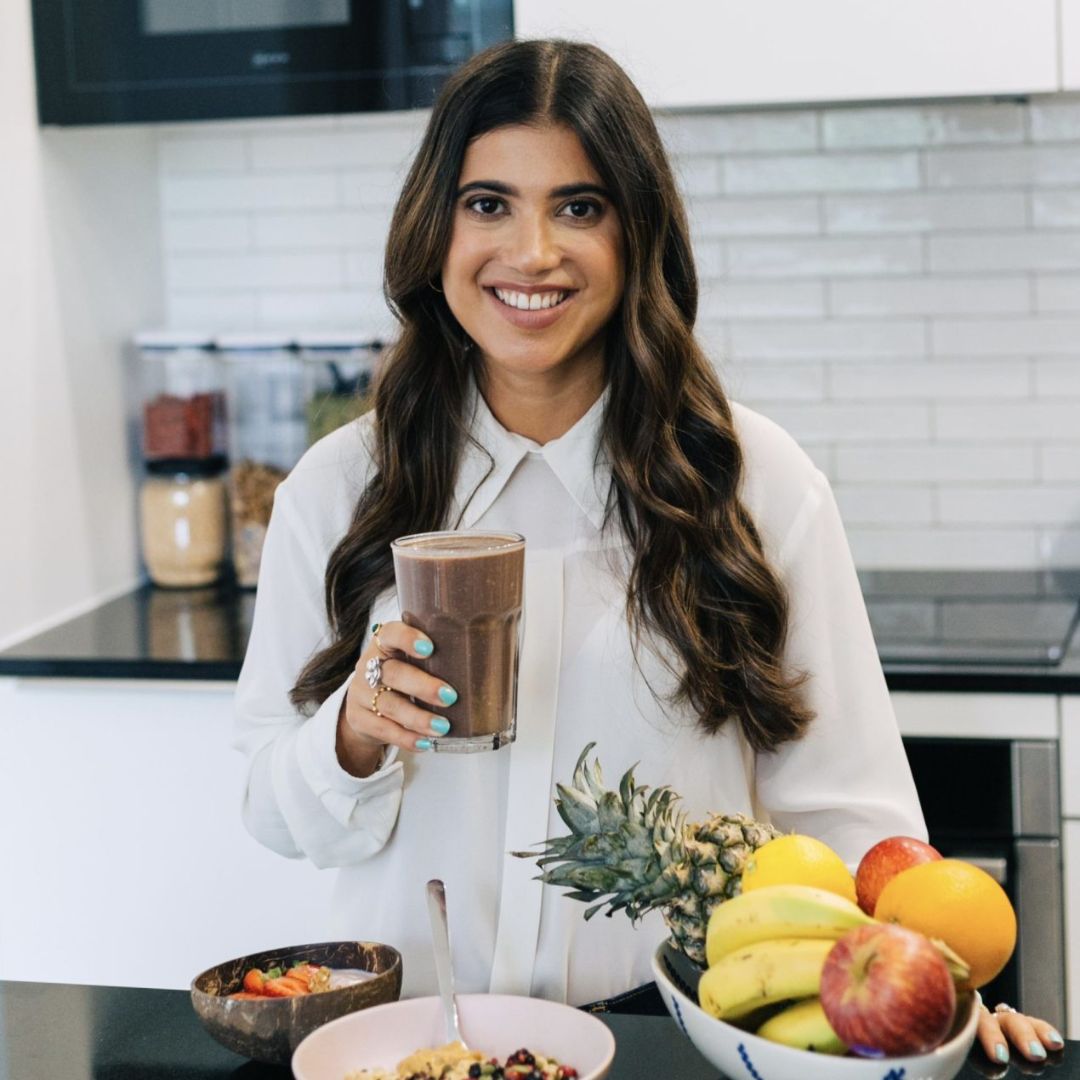We’ve all experienced that feeling when we’re nervous: an upcoming exam, a presentation at work or even those butterflies in our stomach before a first date. This is the gut-brain axis at play.
Those “butterflies” show that our brain and digestive system are directly connected to each other, so when we’re stressed, our gut is affected too. This helps to explain why many functional gastrointestinal (GI) conditions, such as irritable bowel syndrome (IBS), are now recognised as disorders involving the the gut-brain interaction.
Let’s explore why the gut is our “second brain”, how the gut and brain are connected, and what a “gut feeling” really is.



